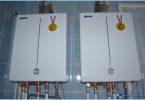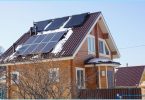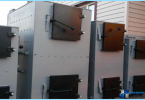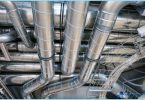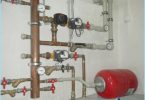The contents

Despite the abundance of modern heating equipment, stone oven and has not lost its relevance up to our days. First, it is reliable and functional heat source in country houses and cottages that are located in areas where there is no Central gas heating. Second, alternative types of fuel (wood, coal) have lower cost compared to gas or electricity. Thirdly, the heat from the stone oven creates a special atmosphere of coziness and comfort, and food cooked on the stove, has a unique taste and aroma. Moreover, the modern designs of stone ovens allow you to turn prosaic household device into a real highlight of any interior.
The types of furnaces ↑
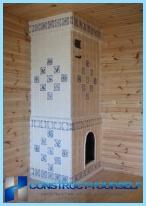
Stone ovens for the home and garden, enjoying today the most popular among Russian owners of country property, different design and their names, talking about the place of origin of a particular model, for example, Russian, Dutch, Swedish stove, etc.
In addition, the furnaces are separated according to their functional purpose to:
- heating,
- cooking,
- combination (heating and cooking).
Heating furnaces ↑
The main and only function of these furnaces is heating the room. For cooking or even warming food they are intended. These structures are called Dutch ovens. Their dimensions are determined by the area of heated space. They have a compact rectangular shape and are installed in the living room or bedroom.
Cooking stoves ↑
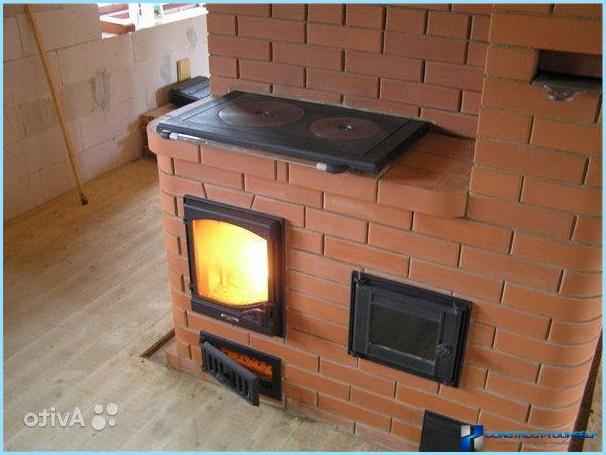
The cooking stone oven is designed mainly for cooking and heating small rooms. This kind of furnaces are normally equipped with a summer home because of serious heating of the big house does not allow their design features. Such furnaces have the hob and the oven often.
Combi furnaces ↑

This furnace is also called «Sweden». It’s versatile and the most convenient option. Device stone ovens of the combined type suggests the possibility of heating a large area of the premises and conditions for cooking. Usually set them in the interior wall in such a way that the hob is in the kitchen, and the main part goes to the residential part of the house. Often such structures equipped with couch, turning them into true Russian stove.
Furnace special purpose ↑
Individual categories are stone furnaces for baths and outdoor ovens used for cooking outdoors.
Stoves ↑
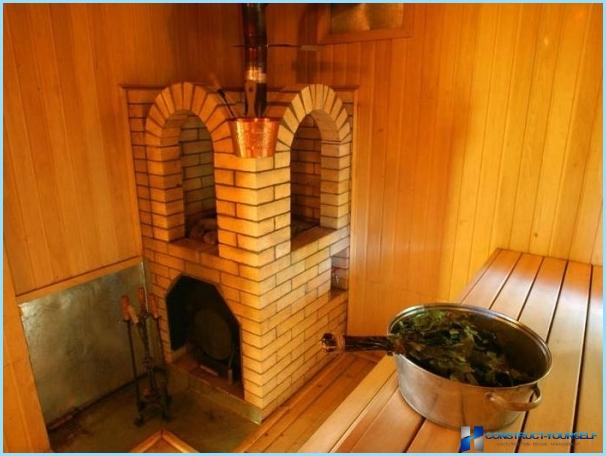
Furnace bath stone have one purpose – quality heating of the room bath. True fans bath vacation preference for the stoves-the stoves with wood, believing that only these structures are able to create a unique healing microclimate in the steam room.
The operating principle of these units are divided into two types:
- Stoves of periodic action with a closed heater. In this embodiment, the stones are placed in the flue pipe. Use this oven only a few hours after the fire, only after the final combustion of the fuel.
- Bath furnace continuous action with the open heater. Stone bowl they opened, so it takes constant feeding of the fire. Before the start of bath treatment, the heater is heated approximately 2.5 hours, and then this process is supported during the session guy.
Outdoor fireplaces ↑
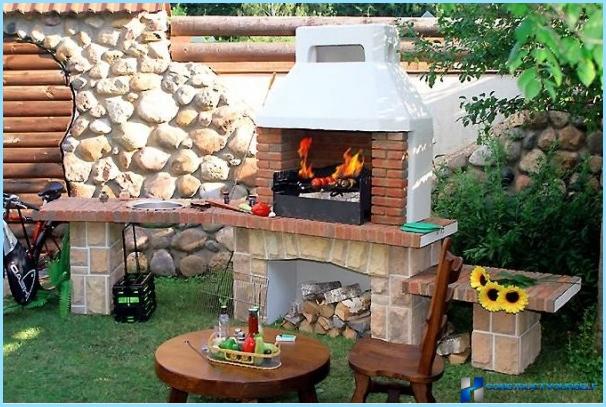
Outdoor fireplaces designed for cooking outdoors on coals or fire. They have a fairly simple design, comprising a furnace grills, and storage for firewood, and in more complex models, is still a chimney.
Stone barbecue oven with open fires are the most convenient for cooking meat and fish kebabs, steaks, poultry dishes, etc.
The most serious in terms of functionality, are outdoor fireplaces with oven. In such models it is possible to bake bread, cook porridge and even entrees.
The choice of an optimal model of stone furnaces ↑
In addition to specific operational parameters of the stone ovens, the choice of a particular model should also be based on the characteristics of the structure (purpose, particular layouts, dimensions, fire safety, etc.). With proper consideration of all these criteria, one stone oven for the garden or home will be efficiently and evenly heat all the rooms.
For maximum heating capacity, the furnace should be planned in such a way that all its heat-transfer surface has a proportionally relative to the size and heat loss of each room.
The form of furnace are:
- rectangular,
- square,
- round,
- T-shaped,
- corner.
Features the design of the stone furnaces ↑
Usability, functionality, aesthetics, but most importantly, safety – those are the characteristics that should have a heating device in living spaces. Masonry stone oven is important and difficult, and requires special skills and experience, but no less important and competent a future project. The best and easiest way to provide a furnace at the stage of designing the house. This will allow the construction process to build a flue system within the walls, saving useful floor area and ensuring the future of their maximum heating.
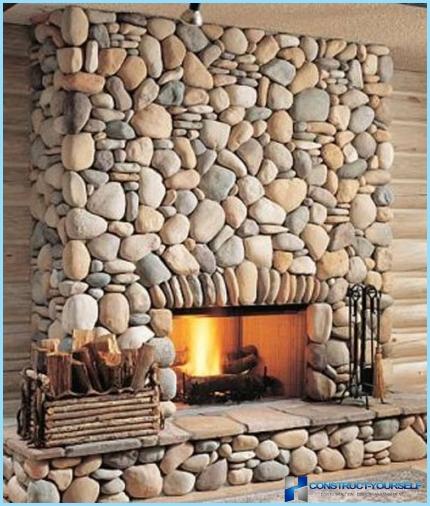
Chimney channels have a different structure:
- parallel flow or counter flow;
- with vertical or horizontal channels;
- single turn or multiturn;
- ductless;
- with the lower warm-up system.
The flue system is planned depending on the type of furnace.
Well-planned stone-built oven will be fully functional and convenient to maintain. It will fit harmoniously into the interior, and will not clutter the living space. For example, looks very interesting two-way combined version «stove», when part of the oven with a hob fitted in the kitchen, and the room equipped with a fireplace. This uses a shared flue system.
Technology and basic materials ↑
Performance characteristics of stone furnaces is determined by the quality and correct choice of materials, process requirements and quality of masonry.
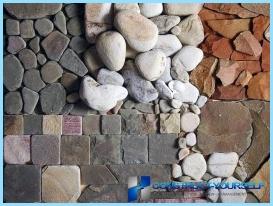
The main material for the construction of stone furnaces is red brick, made from pure from any admixture of clay, plastic or by dry pressing, followed by drying and calcining. The highest temperature (up to 1600°C) withstands fireclay brick.
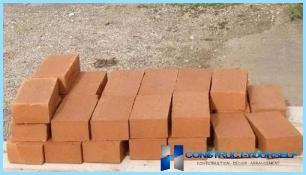
Clay common or red is used as a main ingredient in mortar for masonry furnaces from the usual red brick. Refractory clay (for example, Gzhel) used in the masonry of the walls of the firebox and flame channels of refractory bricks.
Fine sand performs the function of a filler in the clay and masonry mortar. This material should not be contaminated by various impurities and plant residues. The sand is red and is added to refractory clay and refractory chamotte clay using the.
Lime and cement mortars used for the construction of the furnace foundations and end walls of the pipe, located above the roof.
Basic fire protection requirements at a laying of furnaces ↑
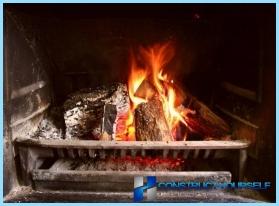
- the obligatory presence of cutting at the points of contact of chimneys and vents with the materials of the floors;
- it is forbidden to lay flooring right next to the exhaust channels and walls of a radical pipe, located in the walls;
- the obligatory presence of the space between the wooden wall and indigenous pipes and furnaces;
- the thickness of the upper furnace ceiling must be at least three brick rows;
- not allowed the coincidence of vertical joints in masonry;
- the device of cutting necessary to provide the possible rainfall buildings;
- the obligatory presence of the steel sheet on the floor under the furnace door.

